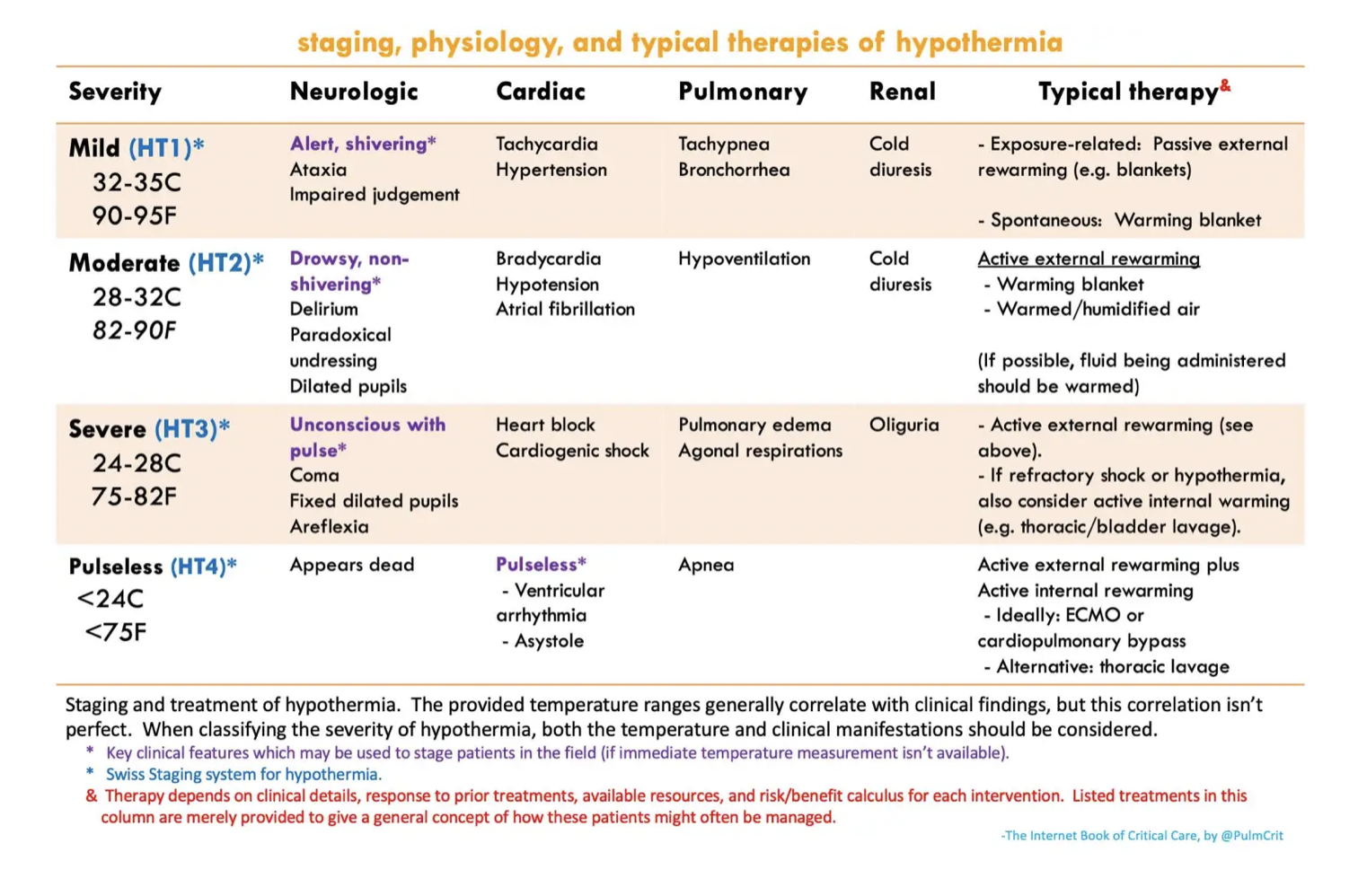We’ll be going over a few high yield topics pertaining to NALS today.
It’s 7:30 AM, and you’ve just unwrapped your BEC sandwich and taken your first sip of coffee. You’re settling into the morning getting ready for your 12 hour peds shift… until the phone rings, and you get a note:
“Mother 38w delivered her baby at home 30 minutes ago. Baby is having labored breathing, and is bradycardic. EMS will be here in 2 minutes.”
Take a deep breath. First, remember the basics. If you’re in a facility that has Peds/NICU, call them immediately. Call respiratory. Call pharmacy. Call Hector. Use the resources available to you.
The set up.
Get the warmer and set it to 25 C
Grab the Broselow tape so that it’s available for immediate use.
Get the backboard.
Grab the code cart, zoll
Get a towel to warm and dry the baby.
Get your airway equipment ready:
Suction x 2, plugged in, ready to go
Oxygen: grab the neonatal BVM and plug it into the oxygen port
Airway equipment: have both DL/VL equipment,
LMA size 1
Pre-loaded tubes
Blades: 0 and 1
EtCO2
Access: IO gun + pink needles ready for use; umbilical vein catheters (future POTD)
Grab your PALS card or open up your PediStat app
Ultrasound
Assess the patient.
Pediatric assessment triangle:
Appearance – crying? Good tone? Tracking?
Breathing – nasal flaring? Stridor? Grunting? Head bobbing?
Circulation – Pallor? Cyanosis? Mottling?
Off the bat, there are two numbers you need to remember:
HR < 100→ initiate positive pressure ventilation (PPV)
HR < 60→ initiate CPR / epinephrine if this is sustained more than 30 seconds despite adequate ventilation.
Remember, the most important part of neonatal resuscitation is positive pressure ventilation.
PPV.
If the patient is spontaneously breathing but labored, you can place them on CPAP.
Remember, the targeted SpO2 after birth is much lower for neonates, so see the box below. You’re more interested in ventilating than the oxygenation.
For gasping / apneic / HR < 100 patients, initiate PPV. You can use 5 on the PEEP valve.
MR SOPA mnemonic for ventilation tips:
BGM.
They also have lower BGMs. Hypoglycemia for neonates is < 30 for a patient < 24 hours old. It’s recommended to give D10 bolus 2ml/kg if the patient is hypoglycemic.
You can give glucagon IM too: 0.03mg/kg max 1mg
CPR.
It’s recommended to secure an airway (supraglottic or ETT) prior to doing compressions) since most these codes are usually due to respiratory events.
The ideal ratio is3 compressions:1 breath
2 thumb compression technique (*preferred) or 2 finger technique
Pulse checks q1 min
Depth: ⅓ chest diameter
Epinephrine.
IV dosing: 0.01mg/kg q3-5min
ETT dosing: You can give epinephrine through the ETT too if you don’t have access yet! AHA recommends a larger dose 0.1mg/kg of 1:1000 ETT
I highly recommend reviewing the following flowchart linked.
I hope this was a good refresher on some of the most important concepts. I would love to learn other tips that others have in managing these stressful situations!
References:
https://cpr.heart.org/en/resuscitation-science/cpr-and-ecc-guidelines/neonatal-resuscitation
https://emergencymedicinecases.com/neonatal-resuscitation/

